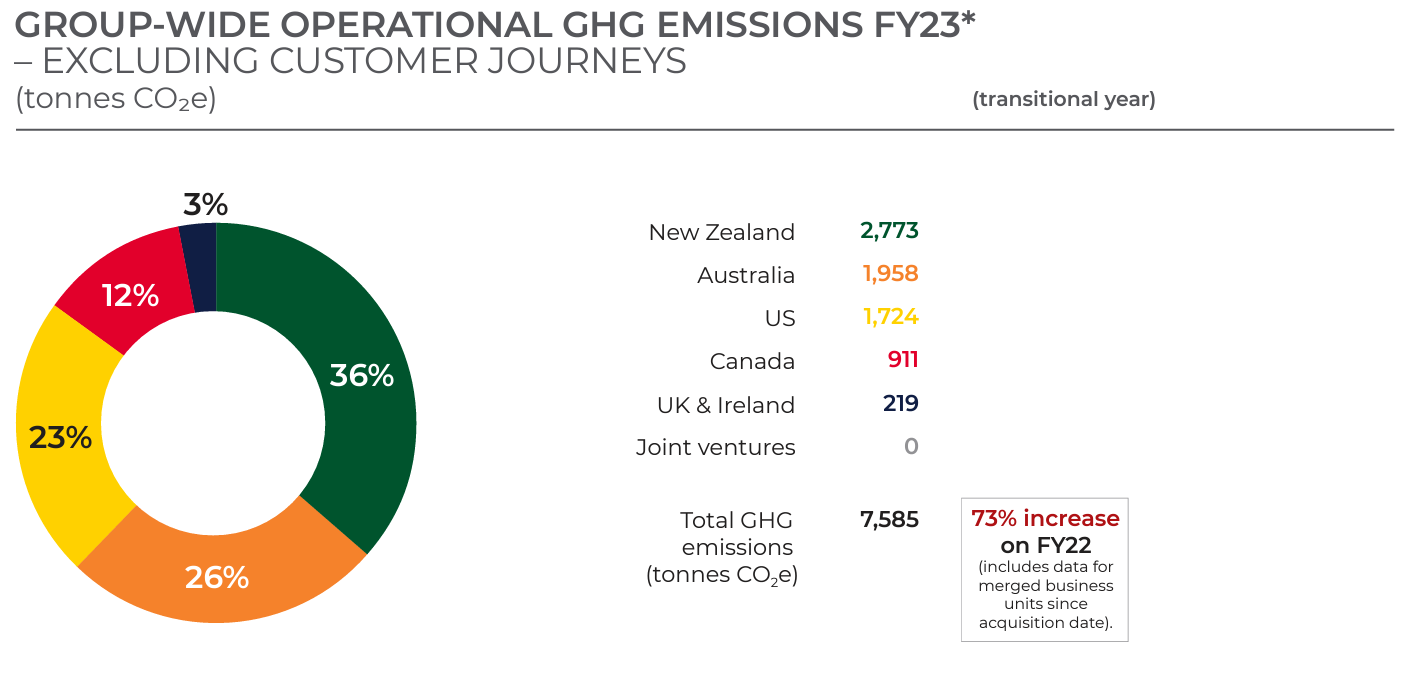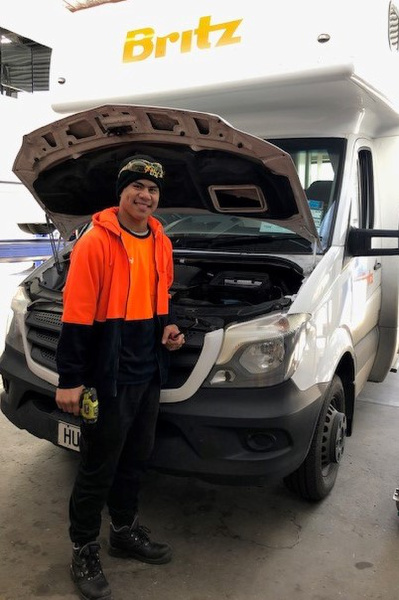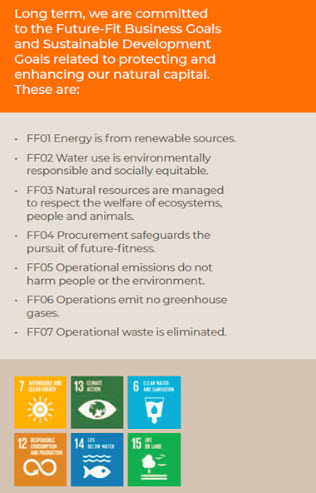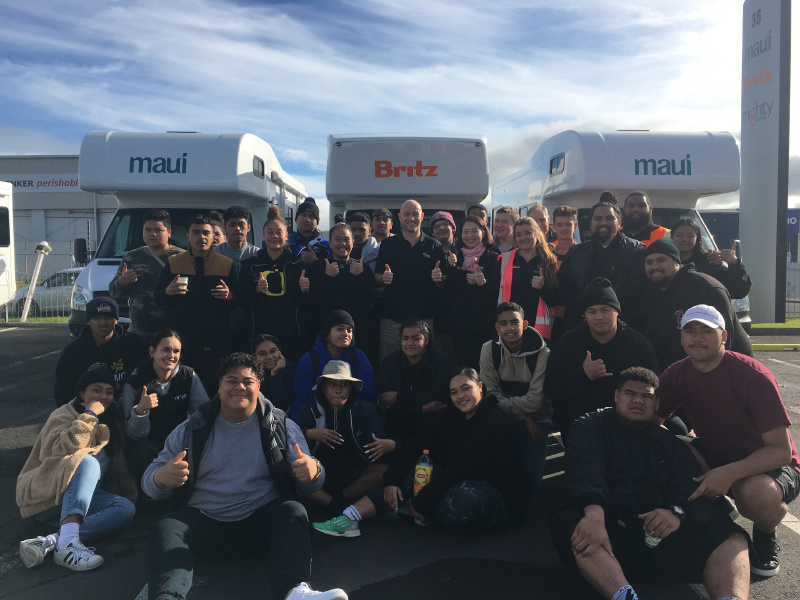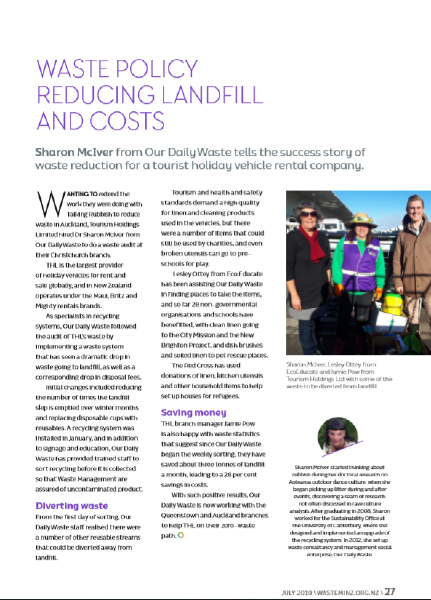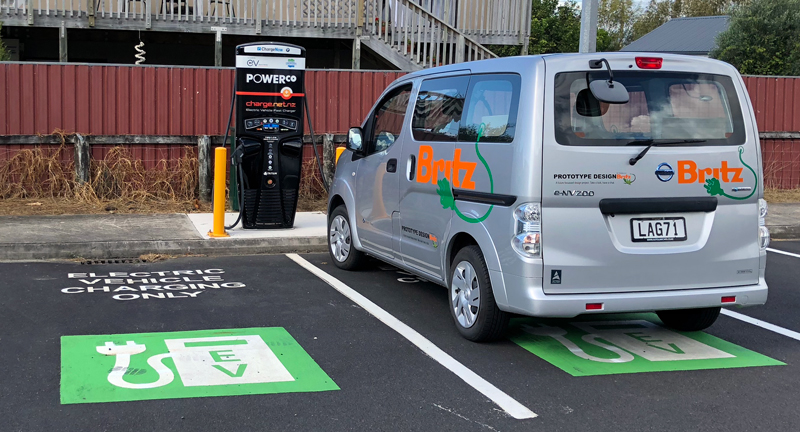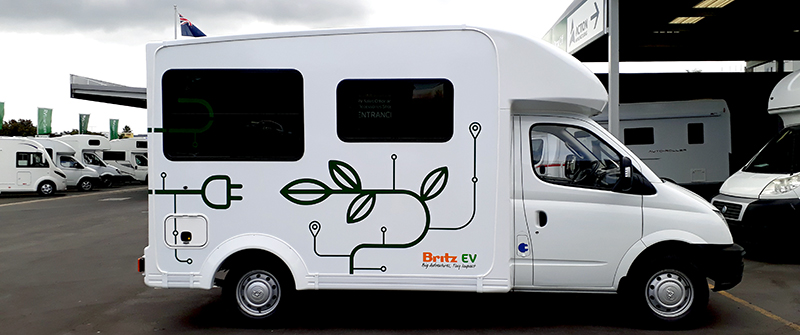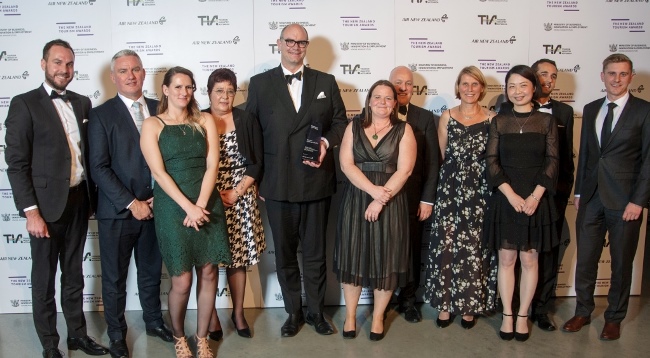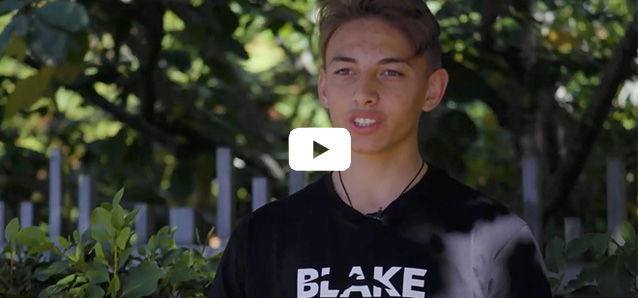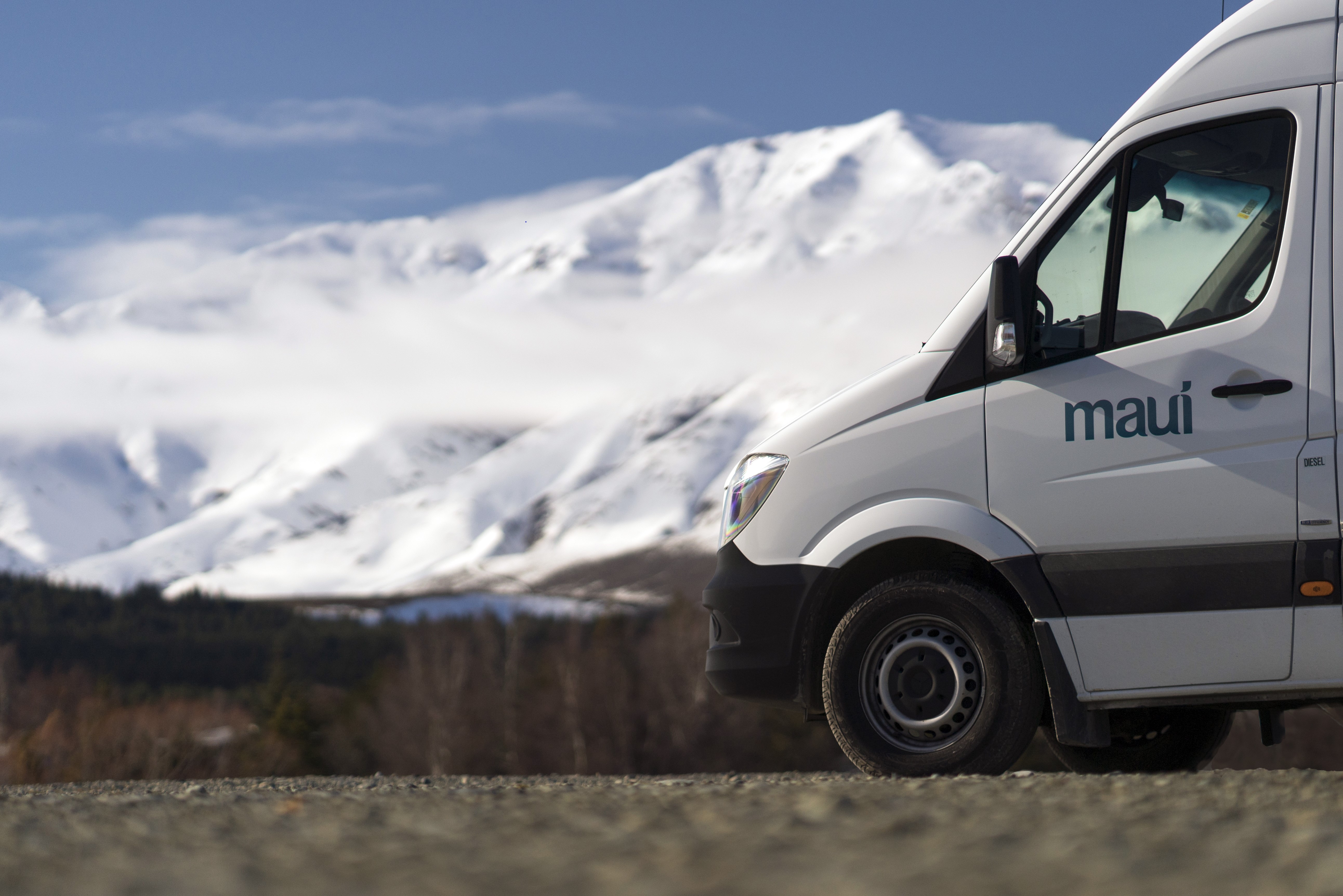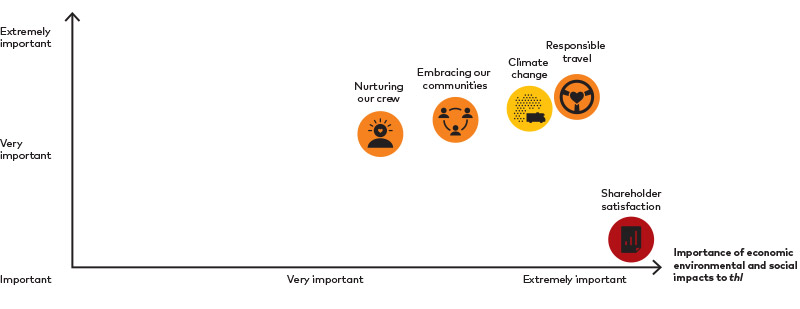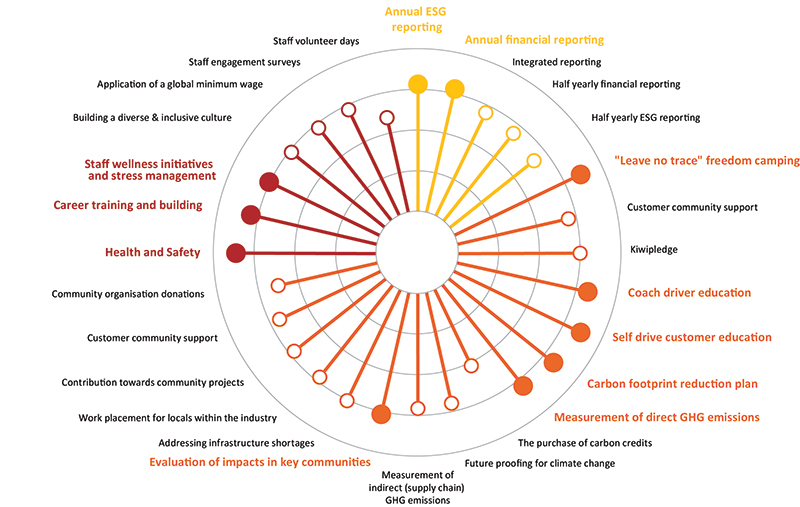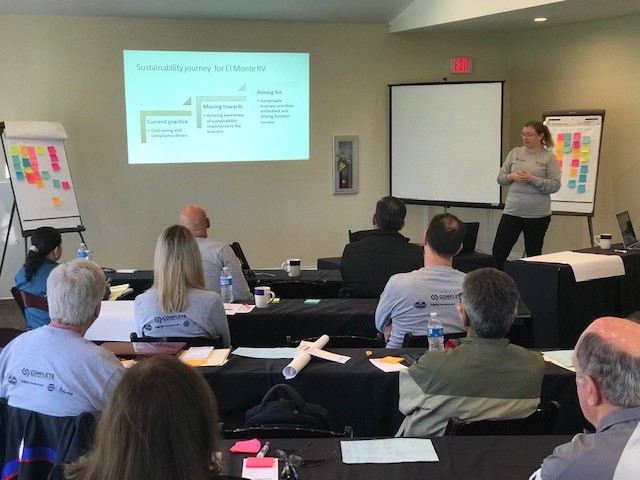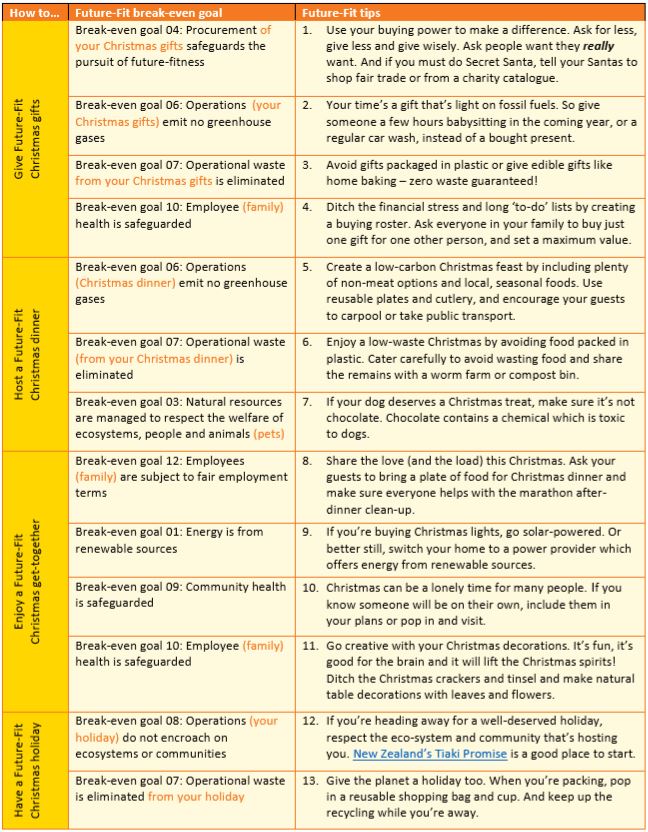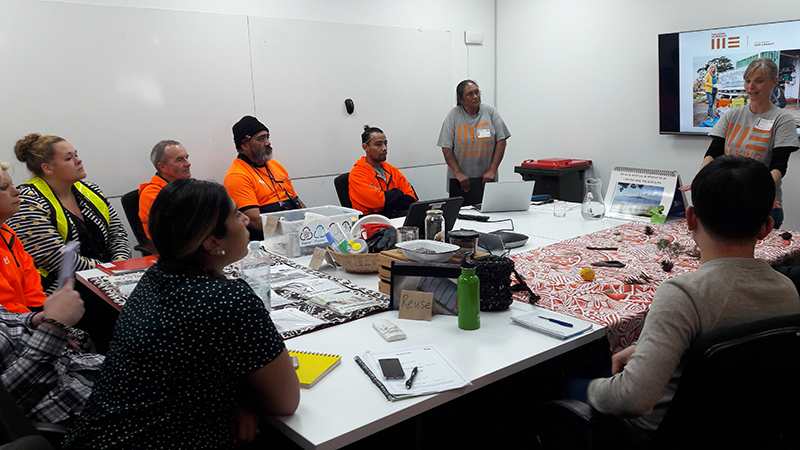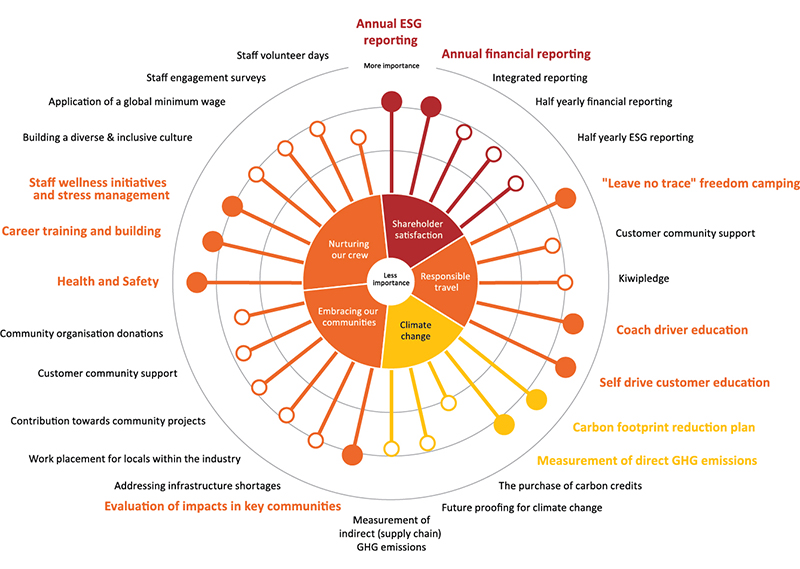Transitioning to a low-carbon fleet
At thl, our business is based on a build-buy-rentsell model for recreational vehicles. We are committed to reducing our emissions in alignment with science and are aware that fleet decisions we make today lock in carbon emissions over the 10-to-30-year life of a vehicle. Through our Future Fleet programme we are focused on finding solutions through R&D, scanning for low emission vehicle transition tipping points, and seeking partners and innovation in our vehicle design, build, and manufacturing.
As part of our journey to align our emissions with a 1.5ºC pathway, we need to significantly reduce and eventually eliminate carbon emissions from our fleet. We recognise this is a significant challenge for our business, the auto industry and society. We are very clear and transparent about how much work it will take to address our climate and carbon risks, and we are also well aware that we are reliant on the invention and commercial replication of new technologies by others, to enable us to achieve our carbon reduction targets.
Our core business is based on ICE vehicles that generate greenhouse gases through use of fossil fuels. Addressing the emissions from our RVs is a major challenge, but also an opportunity. thl has invested in a programme we call ‘Future Fleet’.

Future Fleet programme progress
Our commitment to becoming a future-fit business means reducing our carbon emissions. We know that significant progress on our sustainability journey starts in manufacturing and production, particularly to transition away from ICE vehicles in our motorhome fleet. It will require working collaboratively with current and new partners to address the major risks and challenges we face, the lack of cost-effective, long-range product options such as electric RVs (eRVs) that can materially reduce greenhouse gases.
Decarbonising our RV fleet is reliant on technology and infrastructure that is not yet readily available. While we are seeing shifts in OEMs, the auto industry, Governments, society and infrastructure providers particularly in Europe and the USA, challenges accessing low emissions vehicle technology remain. We continue to actively scan for transition tipping points in each region.
We also continue to investigate different technologies in the transition to a low-carbon world such as hydrogen and biofuel. These technologies have challenges, including lack of infrastructure, consistent supply and potential impacts. However, we acknowledge that in order to reduce our Scope 1, 2 & 3 emissions impact, then we will need a variety of solutions.
An exciting new Future Fleet development in FY23 will be Action’s work on the design and development of a new eRV fleet, building on learning from our previous eRV pilot. We have reinstated funding for an investment into a small number of new electric RVs for the fleet in New Zealand and look forward to sharing our progress on this critical journey to reduce carbon emissions from our fleet.
Action Manufacturing's Sustainable Action Plan
Our customers' journeys are the highest contributor to thl's overall GHG emissions footprint. Action Manufacturing is leading our future fleet programme which includes transitioning our fleet to zero emission vehicles. Watch this video showing what Action Manufacturing is doing to reduce our impact on the environment through design, waste and community partnership.
